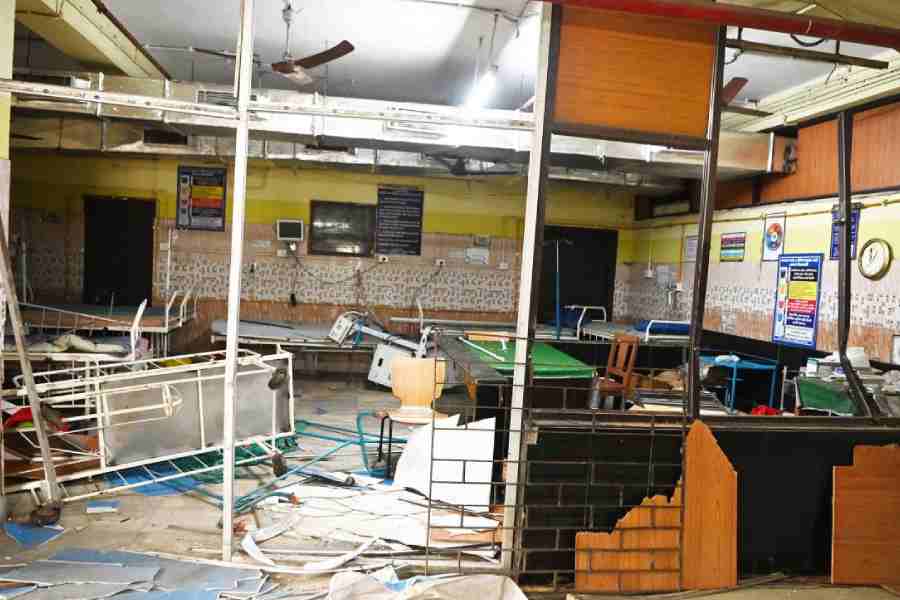Those of us who are artless enough to think that the dominant duo — Nifty and Sensex — alone will grab all the eyeballs in the world of indices for long should recalibrate their thoughts. A number of lesser-known yardsticks seem to be making inroads quite firmly. As the offer documents of some of the more recent equity funds filed by asset management companies reveal, an altogether new set of indices may well keep our investors engaged in the days to come.
A surge in allocations in favour of index funds (and exchange-traded funds) may be viewed as the prime mover in this context. The trend may be seen in the backdrop of a new found interest in index-based investing, a notion that has generally found acceptance across the country and indeed globally as well.
While the older and more established indices, including the two market leaders, remain by far the most popular ones, there is little doubt that the also-rans are now gaining fresh ground. These include diversified indices such as Nifty Midcap 50 and Nifty Next 50 as well as narrowed-down sectoral and thematic gauges based on industries such as financial services and healthcare.
Some of the proposals that have been rolled out lately relate to exchange-traded funds — this category, still nascent, is likely to snowball into a colossal sub-set for sectors like metals, energy, consumption and automobiles. For ordinary investors, the indices chosen for these ETFs are fairly fresh in terms of use. While sectoral indices are not altogether new in the country, these yardsticks have remained relatively unexplored in the Indian market.
Their introduction is expected to partially move investors’ attention away from the big daddies, Nifty and Sensex. However, not many ordinary investors are likely to adopt these indices, at least in the initial stages. It is also quite likely that institutional investors, especially the international sort, will simply keep investing in the top handful of stocks — may be in the first fifty or so.
Indeed, the global moneybags have been mostly chasing the main index constituents in India for quite a while.
A few reminders
For investors who are keen to try out some of the new-generation funds, here’s a set of reminders to offer. Do check the following list:
- Not every index fund/ETF will be suitable for you — so ensure whether it is indeed a good fit as far as your risk profile is concerned.
- More specifically, a diversified index (say, Nifty Next 50) will ensure that the fund’s assets will be spread over a number of disparate sectors.
- Compare this to an index like S&P BSE Auto, which operates within a very limited universe. Incidentally, one of the newest proposals, IDFC Mobility Fund, is based on this index.
- There are a number of existing index products that are based on popular sectors such as banking and infotech. Or, take the case of healthcare, which is at present a very popular segment. Already, there are a few funds based on pharmaceuticals, diagnostics, drug logistics and the newest hot button, meditech.
- The same applies for broad-spectrum themes such as FMCG, consumption and consumer staples. It, therefore, stands to reason that a discerning investor will first find out whether it is really prudent for him to invest in a separate FMCG ETF. It may just be a wiser decision for him to buy an existing diversified fund that picks its stocks, inter alia, from the consumption segment.
Despite the little niggling doubts, the rationale that sustains index-based investing stands out perfectly. Investors are aware that indexing takes the whole issue of active management out of the equation. Active management — that is, attempts by the fund manager to outperform the chosen index — seems to be going out of favour with a section of the market.
In India too, there is a greater inclination these days towards passive management (simply put, it is all about exactly replicating the chosen index) than before. The fund manager concerned does not attempt to outdo the index at all; his performance, nevertheless, is subject to what is commonly known as “tracking error”.
In short, this represents the difference between index returns and the returns actually generated by the fund. In the practical world, tracking errors can be generated because of a variety of reasons, not all of which can be appreciated fully by ordinary investors.
In all likelihood, indexing will grow considerably in the Indian market, courtesy a set of newer, brasher investors who are more clued-in when it comes to index funds than the older generation. Already, as mobilisation and deployment figures will no doubt reveal, ETF investors are a growing community in the Indian market. As I foresee it, the involvement of new players in this space will simply add to the emerging trend.
Investors have so far been mostly familiar with active management — indeed, that is how the domestic asset management industry has forged its own growth trajectory over all these years. Nevertheless, be that as it may, the industry seems serious about rolling out new kinds of index products in the days ahead.
Considerable changes in this space have been already brought about in recent times, courtesy Indian players investing through international Fund of Funds. Today, elements such as Greater China, Nasdaq 100 and the FAANG basket are within our reach, thanks to special initiatives taken up by domestic asset managers. Perhaps “enhanced index” is the next way forward for some sections — but that is a separate idea and may warrant an independent scrutiny.
The writer is director, Wishlist Capital Advisors











